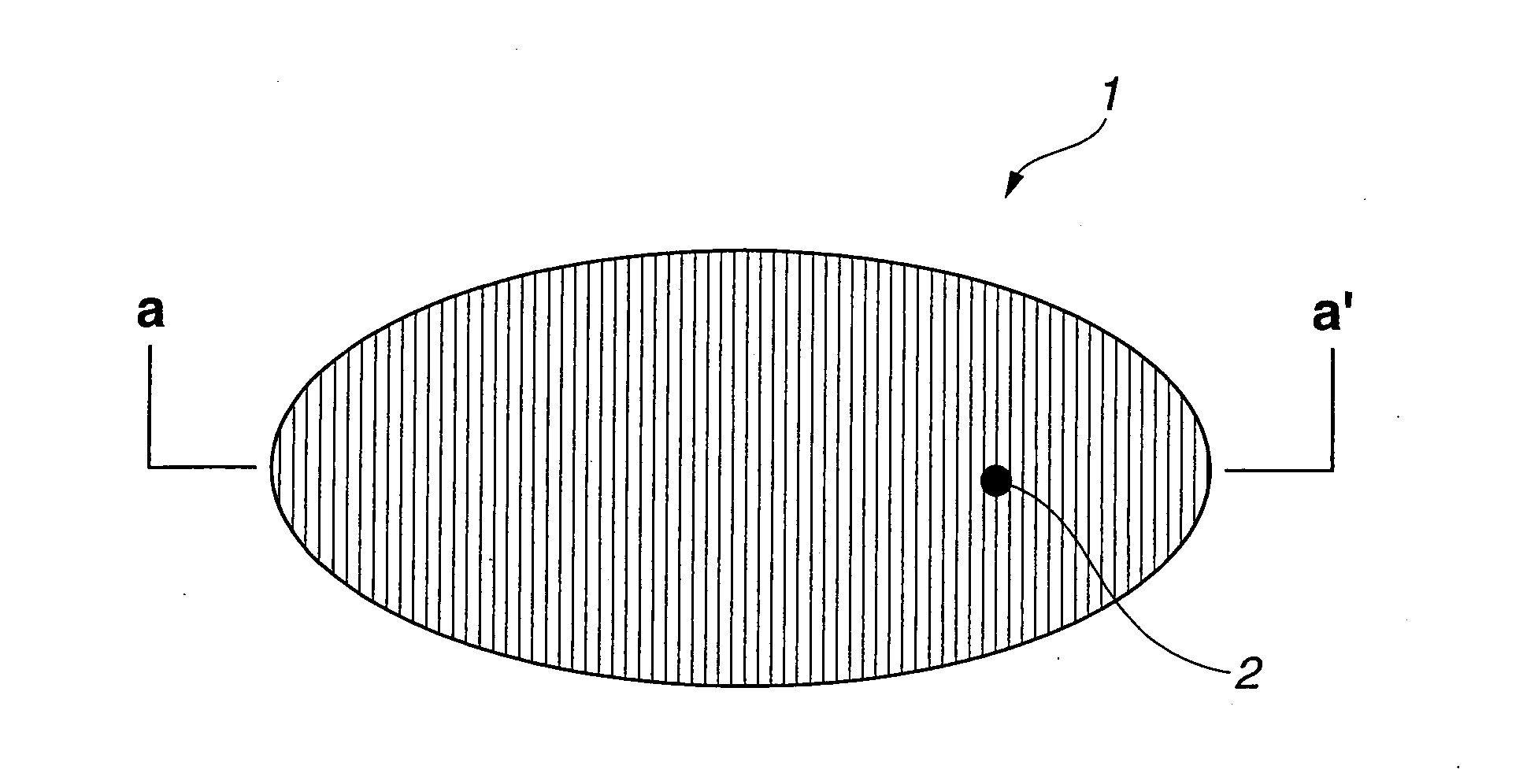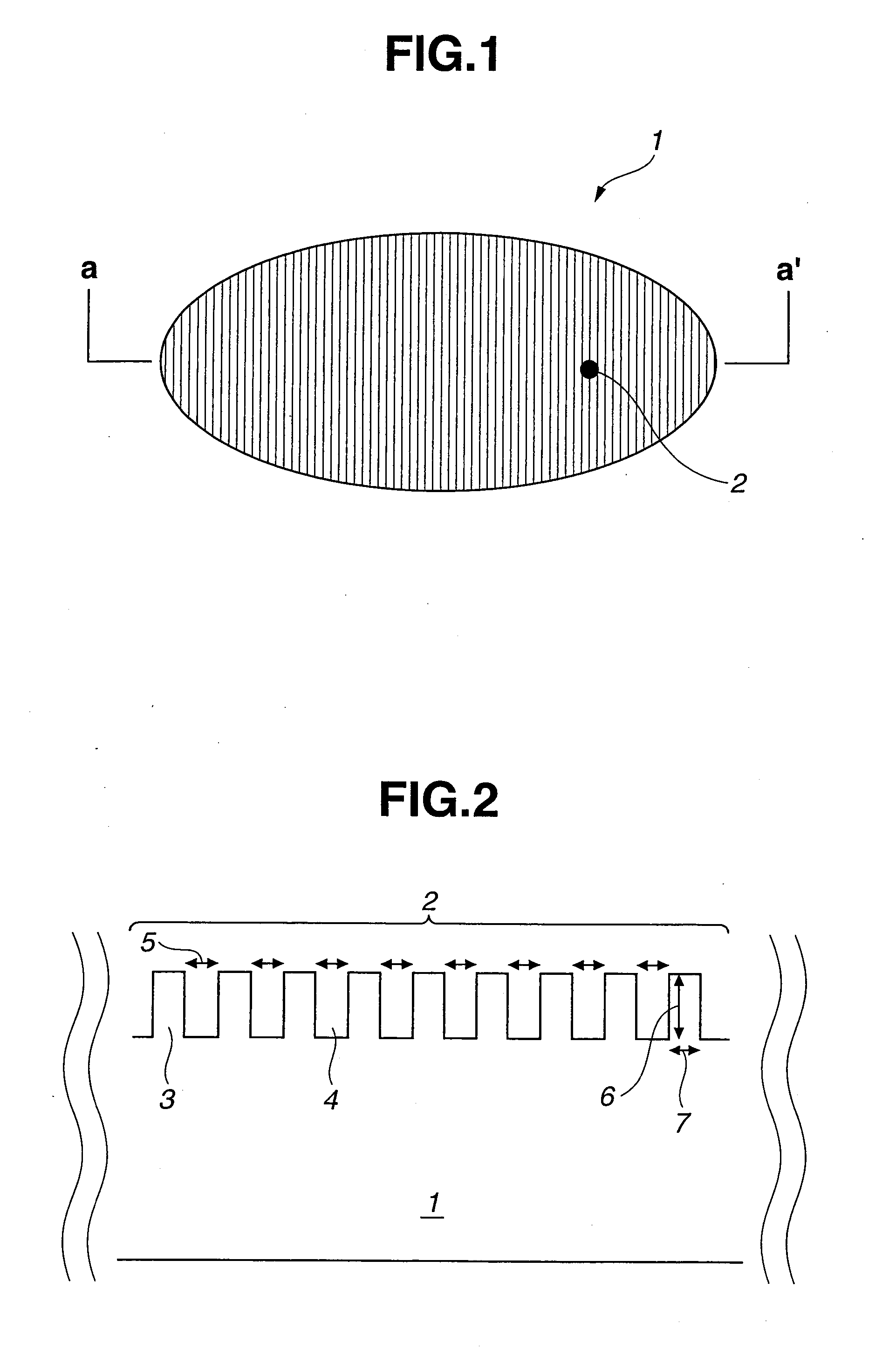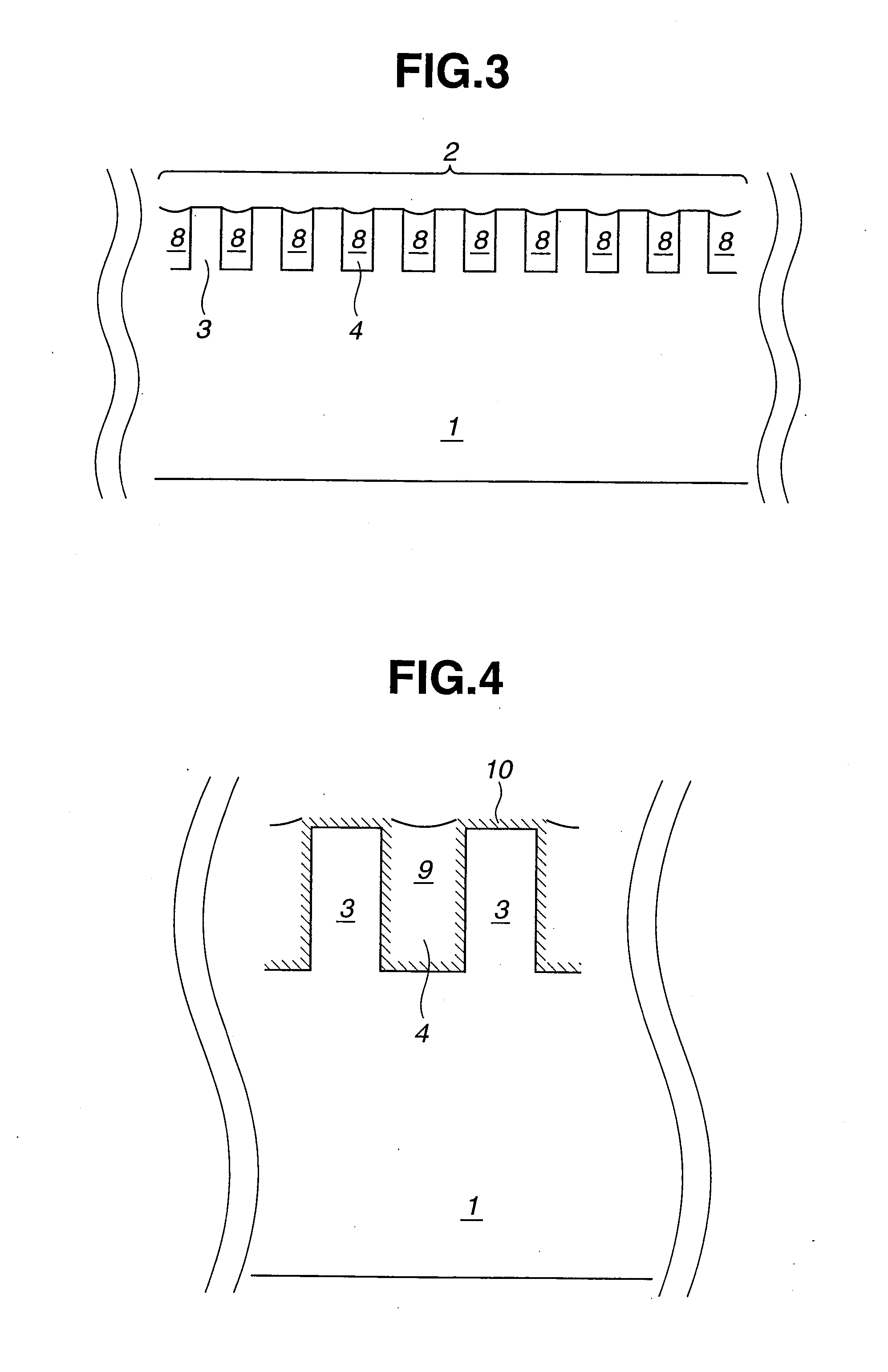Liquid Chemical for Forming Protecting Film
a technology of liquid chemical and protective film, which is applied in the direction of detergent compounding agent, other chemical processes, cleaning using liquids, etc., can solve the problems of increasing the aspect ratio, the damage to the wafer due to cleaning, and the basicity of the wafer, so as to reduce the capillary force, improve the water repellency, and improve the effect of water repellency
- Summary
- Abstract
- Description
- Claims
- Application Information
AI Technical Summary
Benefits of technology
Problems solved by technology
Method used
Image
Examples
example 1
[0156](1) Preparation of Liquid Chemical for Forming Protecting Film
[0157]1 g of hexamethyldisilazane [(H3C)3Si—NH—Si(CH3)3] as a silicon compound A, 0.1 g of trimethylsilyl trifluoroacetate [(CH3)3Si—OC(O)CF3] as an acid A, 98.9 g of propylene glycol monomethyl ether acetate (PGMEA) were mixed thereby obtaining a liquid chemical for forming a protecting film. Incidentally, it was confirmed that the total quantity of the water content in the starting material for the liquid chemical was not more than 5000 mass ppm relative to the total quantity of the raw material. A water content was removed from the liquid chemical by molecular sieve 4 A (produced by UNION SHOWA K.K.). Thereafter, a metal impurity was removed from the liquid chemical by an ion-exchange resin (IonKleen™ SL Purifier produced by Pall Corporation), followed by removing particles from the liquid chemical by filtration separation (Optimizer produced by Nihon Entegris K.K.), thereby conducting purification. The water con...
examples 2 to 56
[0163]The surface treatment was conducted on the wafer upon suitably modifying the conditions of Example 1, such as the silicon compound A, the concentration of the silicon compound A, the acid A, the organic solvent, the for forming the protecting film and the like. Then, evaluation was performed thereon. Results of them are shown in Tables 1 and 2.
TABLE 2Liquid Chemical for forming Protecting FilmStarting MaterialConcentration of SiliconCompound ASilicon Compound A[mass %]Acid AOrganic SolventExample 28(H3C)2Si(H)—NH—Si(H)(CH3)21(CH3)3Si—OC(O)CF3HFE-7100 / PGMEAExample 29(H3C)3Si—NH—Si(CH3)31(CH3)3Si—OC(O)CF3PGMEAExample 30(H3C)2Si(H)—NH—Si(H)(CH3)21(CH3)3Si—OC(O)CF3PGMEAExample 31(H3C)3Si—NH—Si(CH3)31(CH3)3Si—OC(O)CF3PGMEAExample 32(H3C)2Si(H)—NH—Si(H)(CH3)21(CH3)3Si—OC(O)CF3PGMEAExample 33(H3C)3Si—NH—Si(CH3)31(CH3)3Si—OC(O)CF3PGMEAExample 34(H3C)2Si(H)—NH—Si(H)(CH3)21(CH3)3Si—OC(O)CF3PGMEAExample 35C6H5Si(CH3)2—NH—Si(CH3)2C6H51(CH3)3Si—OC(O)CF3PGMEAExample 36C6H5Si(CH3)2—NH—Si(CH3...
example 57
[0177]The procedure was the same as Example 1 with the exception that the liquid chemical for forming the protecting film, containing trimethylsilyl trifluoroacetate as the acid A, hexamethyldisilazane as the silicon compound A and PGMEA as the organic solvent, was obtained by mixing 1 g of hexamethyldisilazane [(H3C)3Si—NH—Si(CH3)3] as a silicon compound B, 0.1 g of trifluoroacetic anhydride [{CF3C(O)}]2O] as the acid B and 98.9 g of PGMEA as the organic solvent and then reacting them. Hexamethyldisilazane contained in the liquid chemical of the present example is the silicon compound B which is not consumed in the reaction for obtaining the acid A, and the components thereof are able to function as the silicon compound A. As an evaluation result, the contact angle after the surface treatment was 82° as shown in Table 3 and therefore exhibited a water repellency-providing effect. Furthermore, the capillary force when water was retained was 0.4 MN / m2 and therefore low. Additionally,...
PUM
| Property | Measurement | Unit |
|---|---|---|
| water-repellent | aaaaa | aaaaa |
| aspect ratio | aaaaa | aaaaa |
| power | aaaaa | aaaaa |
Abstract
Description
Claims
Application Information
 Login to View More
Login to View More - R&D
- Intellectual Property
- Life Sciences
- Materials
- Tech Scout
- Unparalleled Data Quality
- Higher Quality Content
- 60% Fewer Hallucinations
Browse by: Latest US Patents, China's latest patents, Technical Efficacy Thesaurus, Application Domain, Technology Topic, Popular Technical Reports.
© 2025 PatSnap. All rights reserved.Legal|Privacy policy|Modern Slavery Act Transparency Statement|Sitemap|About US| Contact US: help@patsnap.com



